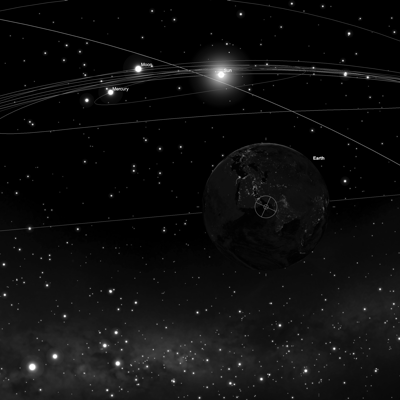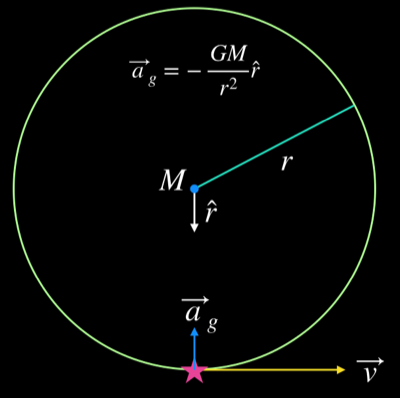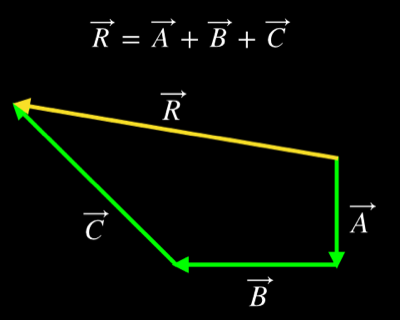What Stars Are Visible at Different Times of the Year?
As Earth orbits the Sun, the apparent position of the Sun against the background stars changes. As a result, we see different parts of the sky at different times of the year. This annual motion of Earth around the Sun is what gives us our “winter sky” and our “summer sky,” respectively.




